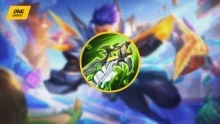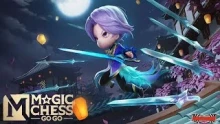
Magic Chess GoGo has entered its second season, and with it comes a wave of changes that reshape the game’s identity. Season 1, often the most crucial phase for a new game, served as a testing ground. It laid the foundation for community building—determining whether the players would stay, engage, and truly invest their time. Now, with Season 2, we’re seeing a shift towards a more refined experience, one that is distinctly different from Mobile Legends.
A New Community Takes Shape
During Season 1, much of the player base consisted of Mobile Legends (ML) fans who simply wanted to try something new. Many joined the game because their favorite streamers or YouTubers played it, but they quickly uninstalled it after realizing it wasn’t for them. At that point, the Magic Chess GoGo community felt like an extension of ML rather than its own entity.
However, Season 2 marks a clear turning point. The game is starting to develop its own player base, attracting users who have never played ML before. It’s no longer just ML’s “alumni” testing out another game—it’s a new market with fresh interest.
Refining the Synergies
One of the most noticeable changes this season is the introduction of new synergies—or rather, a revamp of existing ones. The goal? Balance and clarity. The developers have worked to ensure that each synergy has a distinct role, making gameplay more straightforward and intuitive.
A prime example is the Exorcist synergy—a name instantly recognizable to ML players. Previously, synergy names like Monian or Necrocreep were based on lore elements, making it hard for casual players to identify or remember their mechanics. Now, with synergy names derived from skins, players can instantly understand which heroes belong to each group, making team composition much easier.
The Mystery of the Hero Changes
One burning question remains: Why are some heroes disappearing while new ones are introduced? It’s unclear whether this is a permanent seasonal update or just a one-time rework to improve balance. Some hero synergies—like Monian, Kangkung, and Inferno—have completely vanished, removing key strategies that many players previously mastered.
For returning players, this shift feels like a fresh game altogether. In fact, Magic Chess GoGo now resembles a final product rather than a beta test, addressing past complaints about overly complicated synergies. Instead of overwhelming players with a messy structure, the game now adopts a system that is much friendlier to ML fans.
Aesthetic Upgrades: Skins Everywhere
One of the most striking updates is the introduction of skins for every chess piece. Gone are the days of “bare” heroes—now, each piece wears a premium skin, making the board look visually stunning. While skins don’t affect damage or synergy bonuses, they do enhance the overall experience, allowing players to use skins they might not afford in ML.
For instance, the Exorcist faction consists of heroes that own Exorcist skins in ML. This allows players to use premium hero appearances for free, creating an exciting incentive to explore different synergies.
Final Thoughts: Where Is Magic Chess GoGo Headed?
Gameplay-wise, Magic Chess GoGo hasn’t changed drastically from Season 1. The mechanics remain largely the same, but the balancing tweaks and clearer synergy structures make the experience smoother and more enjoyable. Perhaps Season 1’s complexity was necessary to introduce players to the core mechanics, while Season 2 simplifies and refines it.
As I dive back into Magic Chess GoGo content, I’ll be alternating between ML and MCGG videos to track how the community evolves. The question remains: How far will this game go? Will it finally carve out its own identity, or will it stay as an ML spin-off?
Recent Posts
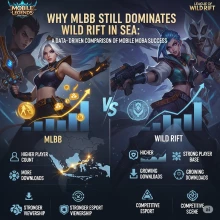
Why MLBB Still Dominates Wild Rift in SEA: A Data-Driven Comparison of Mobile MOBA Success
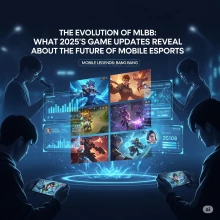
The Evolution of MLBB: What 2025’s Game Updates Reveal About the Future of Mobile Esports
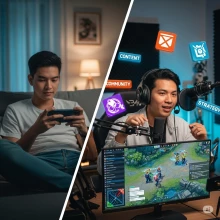
From Casual to Creator: How to Turn Your MLBB Passion into Profit with Content, Community & Strategy
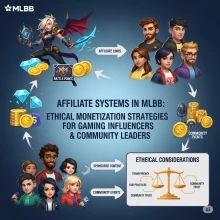
Affiliate Systems in MLBB: Ethical Monetization Strategies for Gaming Influencers & Community Leaders
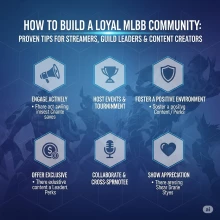
How to Build a Loyal MLBB Community: Proven Tips for Streamers, Guild Leaders & Content Creators
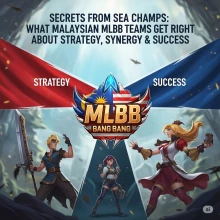
Secrets from SEA Champs: What Malaysian MLBB Teams Get Right About Strategy, Synergy & Success
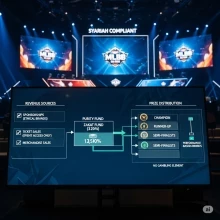
MLBB Tournament Blueprint: Structuring Syariah-Compliant Prize Pools for Ethical Competitive Play

Mobile Legends Inside the Mind of a Mythic Player: Ranked Climb Psychology, Strategy & Meta Mastery in 2025
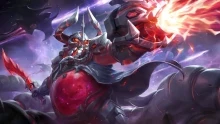
Reviving Forgotten Heroes: How to Make Bane Viable Again in the 2025 Meta
